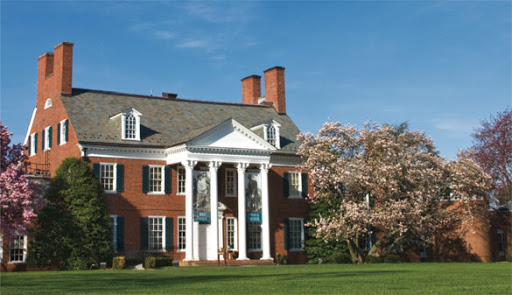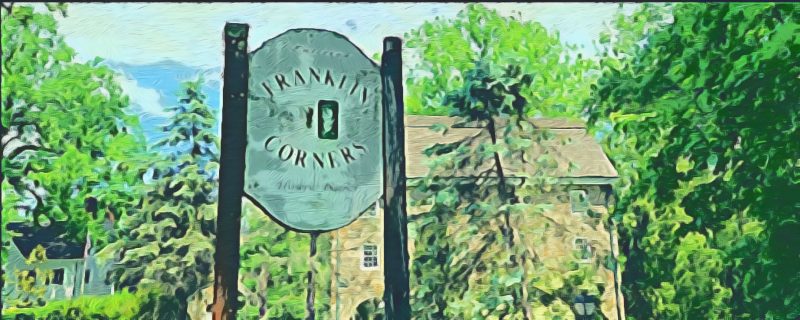Somerset County is full of great history almost to a fault. Driving up and down Route 202 we often forget to see the historic beauty right in front of our eyes. Mr. Local History must drive by the Van Dorn Mill in a small hamlet in Bernards Township hundreds of times, but this time we stopped in to the Van Dorn Mill for a look. Here’s that story.
Van Dorn Mill History (Franklin Corners, Bernards Township)
The Van Dorn Mill has three main chapters in its life, the beginning, the middle, and the current. The Van Dorn Mill is named after. Built in 1842 by Ferdinand Van Dorn in the what’s known as the Franklin Corners section of Bernards Township along the Passaic River, this mill provided flour and corn meal to the community until the early 1940s.
The original stone work is practically unchanged since its 1842 construction. The previous mill on the site, along with its grain barn, was located on this site and dated back as far as 1768 when Samuel Lewis built the first mill on the grounds. Lewis’s grandson, Richard Southard then acquired the lands, mill & barn (now The Grain House restaurant) in 1777. Grain had been ground into grist (flour) for Washington’s Continental Army that camped just up the road at Morristown’s Jockey Hollow during the Revolutionary War for the winter of 1776-1777 and the winter of 1778-1779, known as the harshest winter of the Revolution. The mill served an important purpose to feed the troops.
Continuing in the Lewis lineage, the mill was owned and operated by Samuel Woodward from the late1700s to the early 1800s. Woodward’s, son-in-law, Ferdinand Van Dorn married Phoebe Samuel Woodward and Phebe Southard, took hold of the family mill and decided to raze it to build a new stone mill in 1842 at a cost of $5,000. Rumor has it that the mill paid for itself in one year. Born on April 17 1807 in New Jersey, Ferdinand Van Dorn was the son William A and Elsie Sutton Van Dorn. Three generations of Van Dorn’s would own and operate the mill from 1848 to the early 1920s. Ferdinand Van Dorn lived to 1902 when he passed at the age of 95 on December 7, 1902.
The Van Dorn mill is part of a what is known as the Franklin Corners Historic district, added to both the State and National Historic Registries back on May 12, 1975. The name derives from the American patriot Benjamin Franklin.
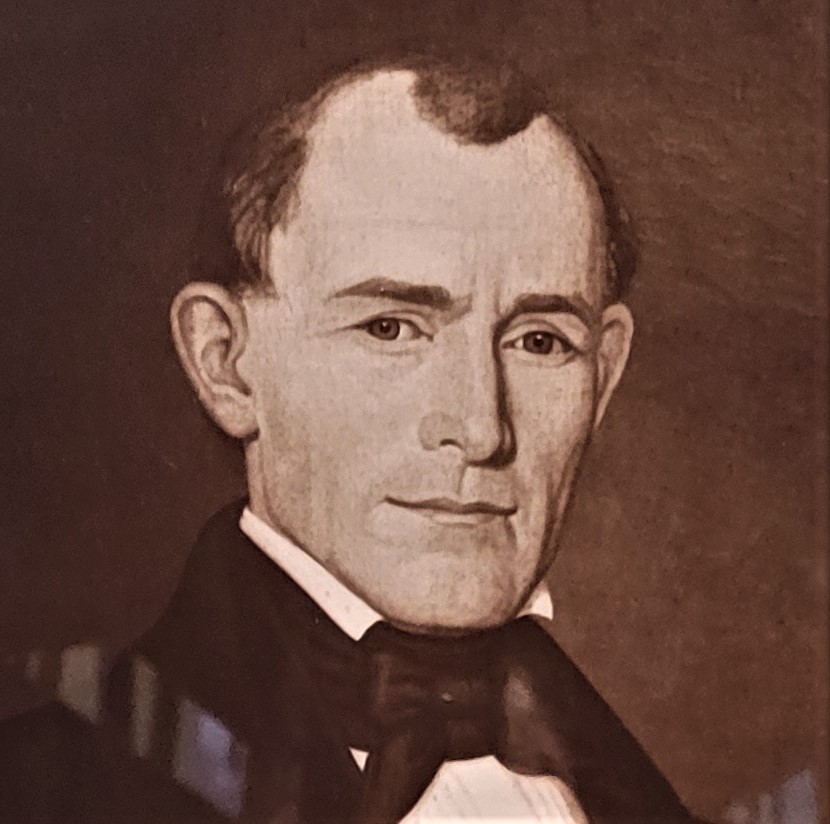
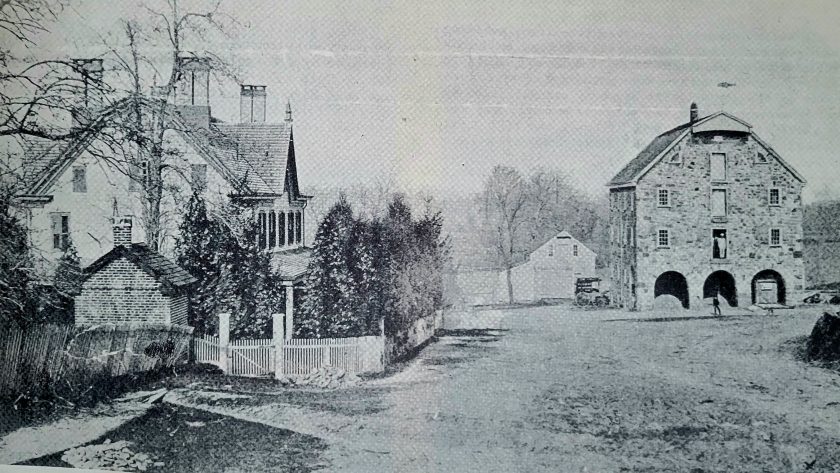
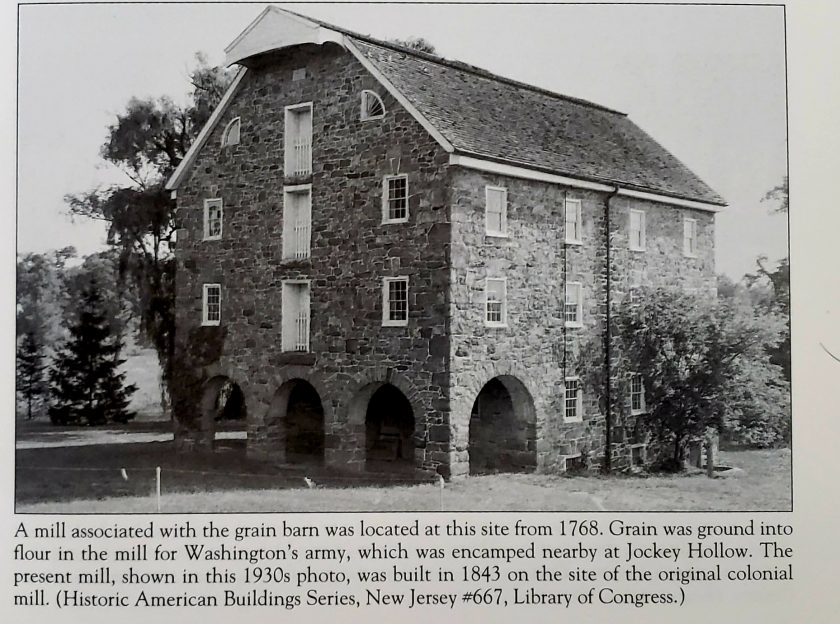
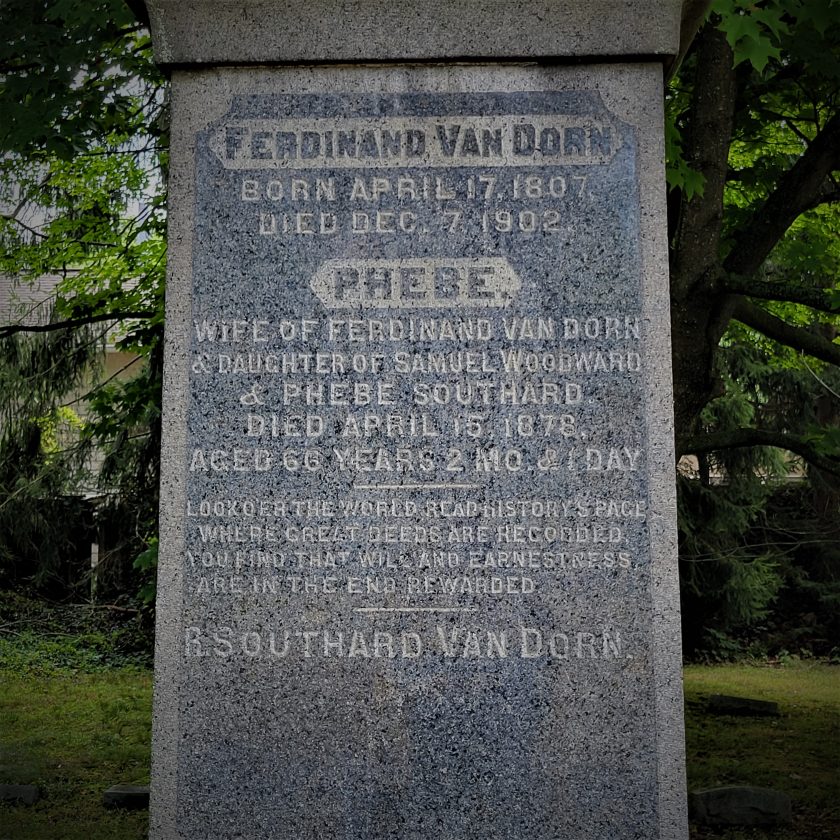
The mills lower foundation walls are almost 9′ thick. The yearlong construction took 25 men who stayed with the Van Dorns. It was written that the master mason was paid $1 per day, and the workers $0.25 per day. Van Dorn stated at the time of construction that there was “more stone below the ground then above ground.”
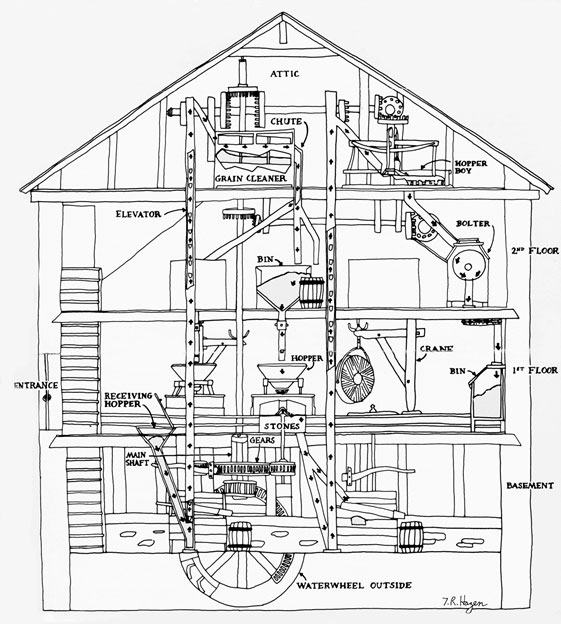
We found a great book that describes buildings that were powered by water in the 18th century that describes the inner workings of a mill. The History and Future of Naturally Powered Buildings by David Larkin. New York, 2000. A mill with a vertical wheel used gearing to transfer the power of the water to the vertical shaft to turn the mill stones. A mill with a horizontal wheel often used the shaft of the wheel to turn the mill stones directly. The massive crushing gristmill stones weigh around 2,400 pounds each.
The Middle Era (Post Van Dorn) 1902-1941
After Ferdinand Van Dorn was laid to rest in 1902 in the nearby Evergreen Cemetery, ownership shifted to other family members, Ingersoll & Eames and then to William Childs in 1929. The Childs family was known for two things, politics and restaurants. William’s brother was Samuel Childs, NJ Senator, and William founded the Childs Restaurant chain and is credited with founding the “cafeteria style” high end restaurant dining model. Customers would walk past stations with a tray and select from the available food choices. Samuel, went on to establish a cross-country chain of 107 restaurants. They were the first employers in the United States to employ waitresses (We have a story about that at the end of this story).
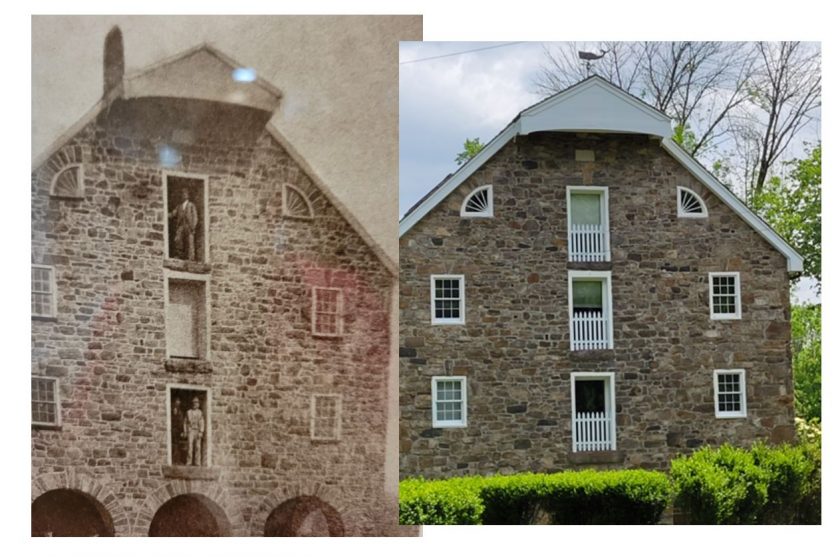
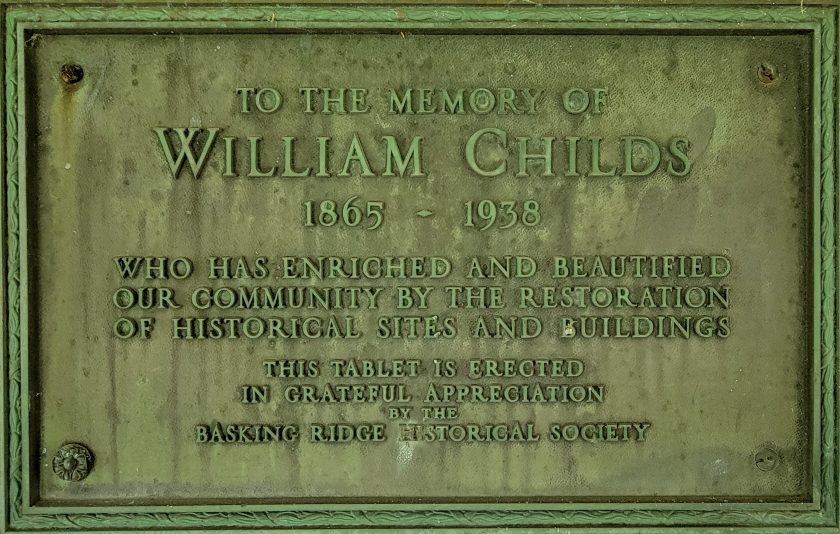
Childs was also responsible for moving the original grain barn across Route 202 and turning it into the Grain House Restaurant on the grounds of the Olde Mill Inn. The Grain House restaurant recently celebrated its 250th anniversary, an achievement you don’t typically see. The exterior structure is still the same as it was and you can definitely feel you’ve stepped back in time when you walk in the entrance. (See story below). Mr. and Mrs. Van Dorn moved from the mill in the 1920s, when it was sold to Charles Ingersoll, the watchmaker.
Van Dorn Mill Modern Era 1980-Present
In 1980, the mill was acquired by Haines Lundberg Waehler for his New York based architectural firm bearing his name. The mill had been vacant since 1941 and was in terrible shape. but they were not phased. The mill’s interior space was adapted by restoring the interior workings of the original mill alongside office space for about twenty employees. Restoration costs were estimated to be above $500,000, according to Frank J. Waehler, the partner who led the effort.
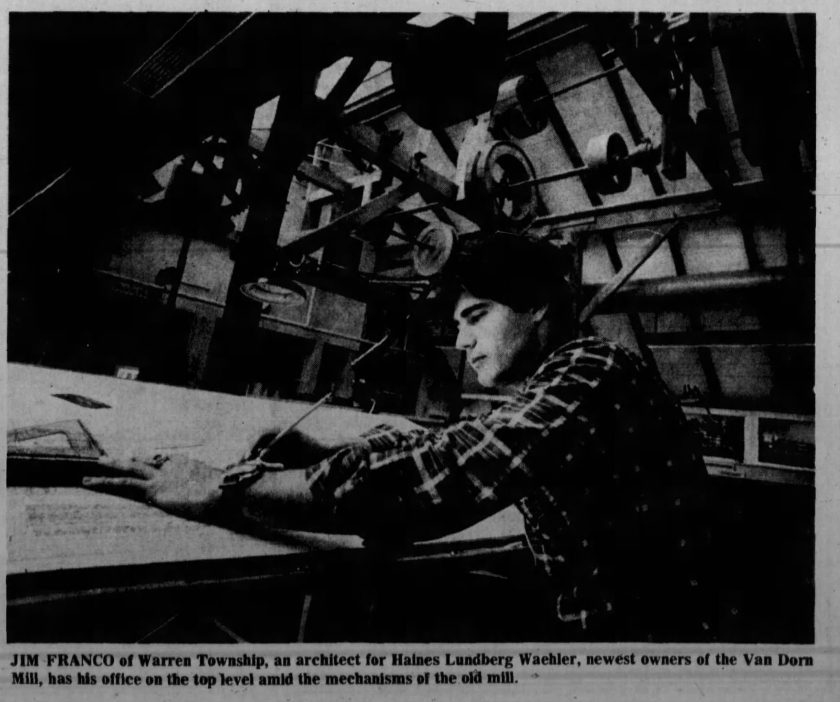
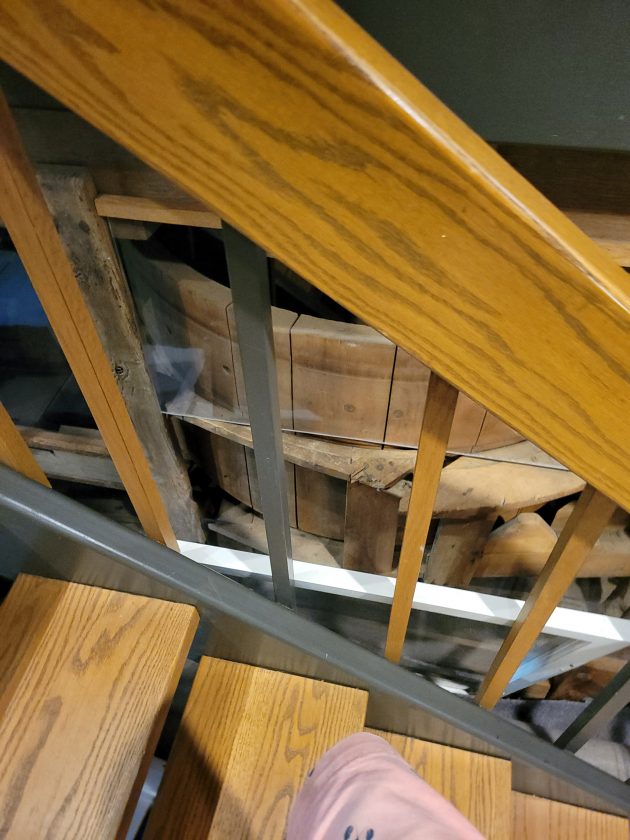
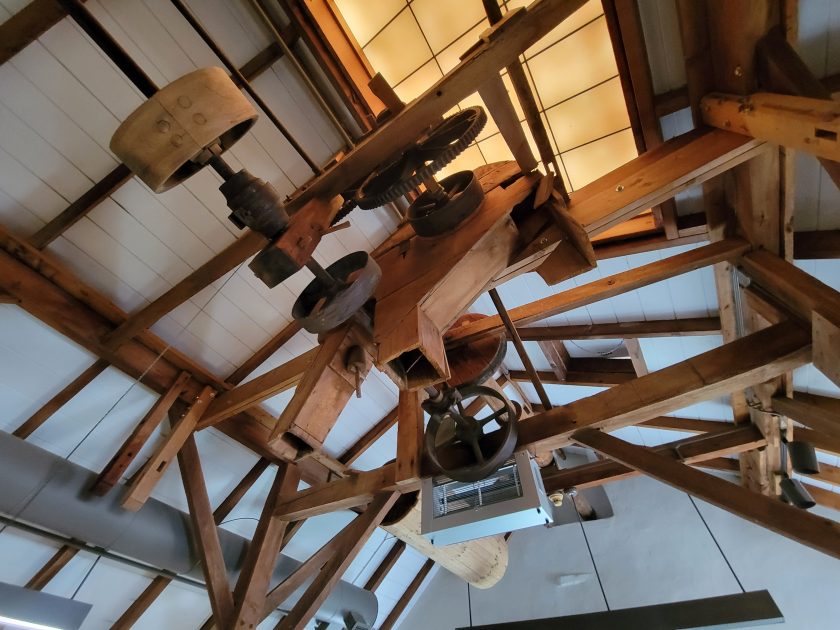
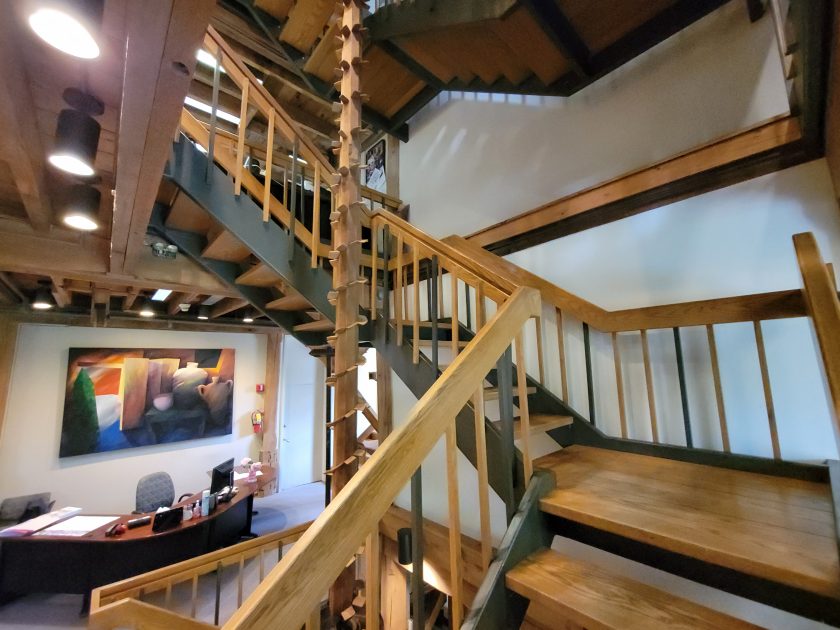
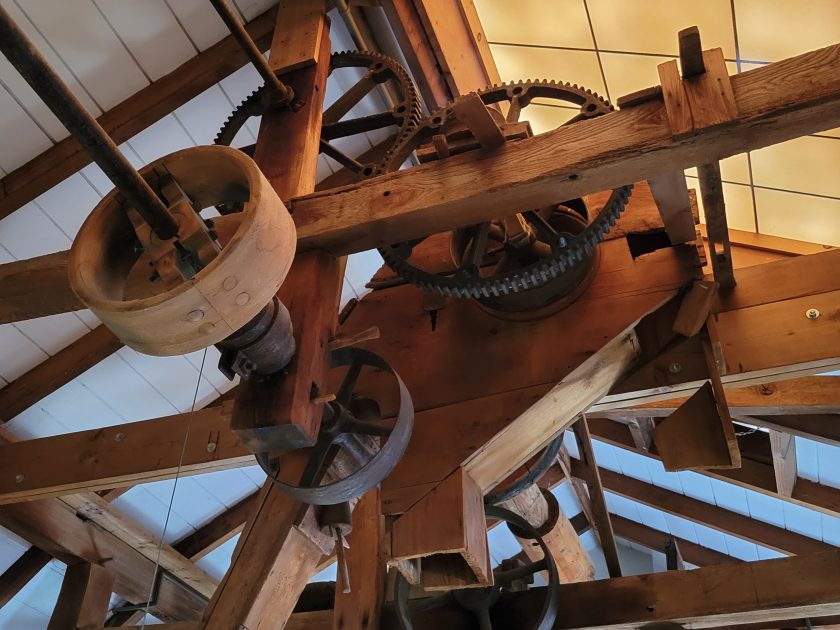
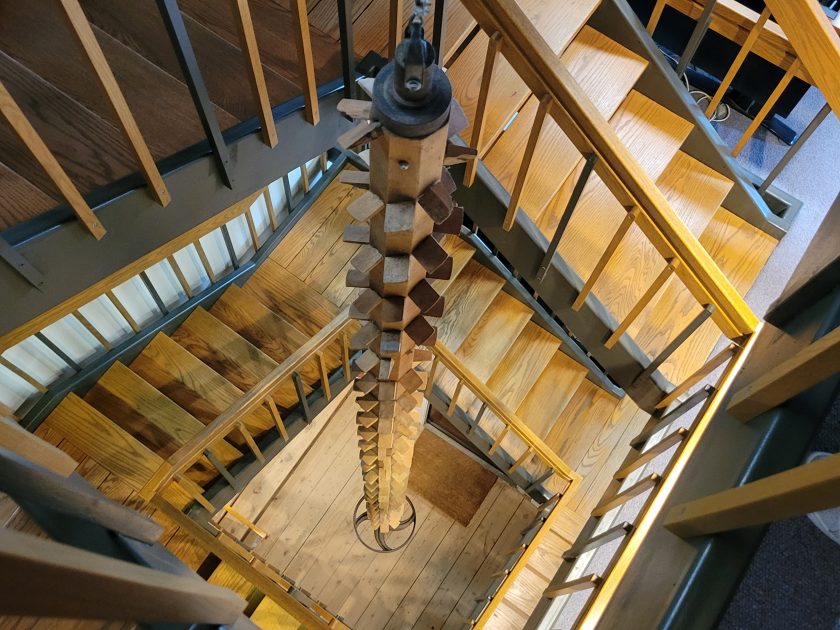
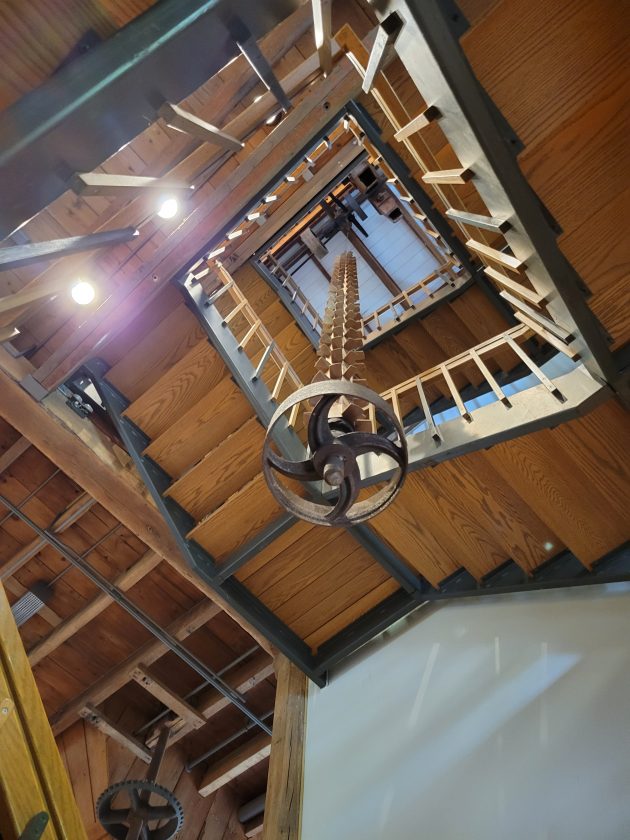
Built along the Passaic River, the river has been rerouted away from the structure to preserve its integrity. During renovations they decided to save the wheel which is under the staircase on the ground level. The Van Dorn Mill currently is home to Innovation Educational Programs who was kind enough to have our photographer in for a few shots after the restoration.
Art and History
The Van Dorn Mill in our opinion is really the Childs’ Mill. But that’s a debate for another time. The name may hold as the mill was added to the New Jersey and National Registries of Historic Places . The Franklin Corners Historic District is a 47-acre historic district includes the community along Hardscrabble and Childs roads in Bernards Township. It was added to the National Register of Historic Places on May 12, 1975 for its significance in architecture, commerce, education and industry. The district includes 11 contributing buildings. A magnet to both artists and history buffs, the Van Dorn Mill is one of the favorite coloring exercises from our coloring book.
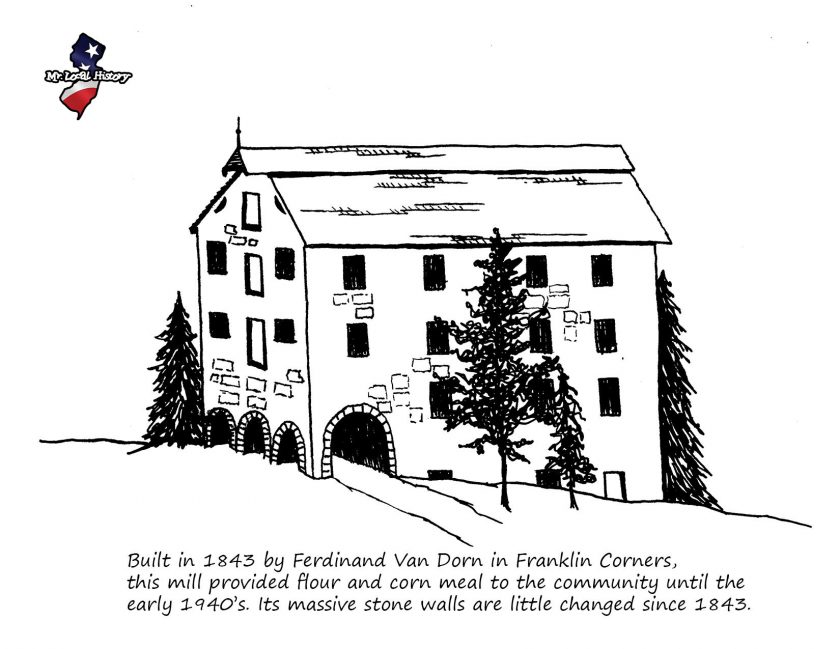
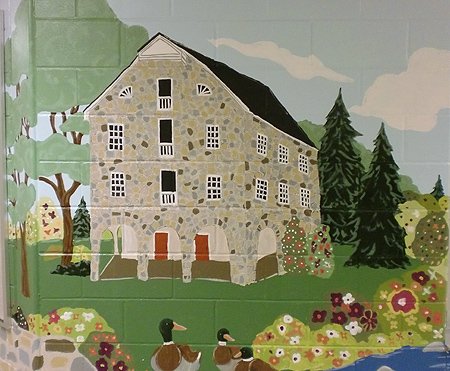
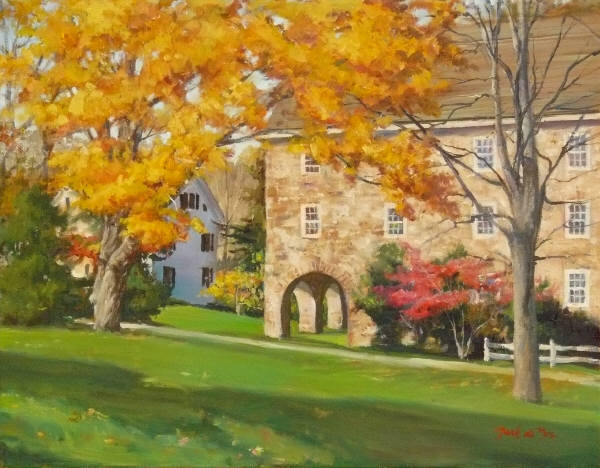
Additional MLH History Posts including the Van Dorn Mill
Mr. Local History has been enjoying the Franklin Corners area for years. Take a look at other stories including the Van Dorn Mill and the Franklin Corners Historic District in Bernards Township, New Jersey.


